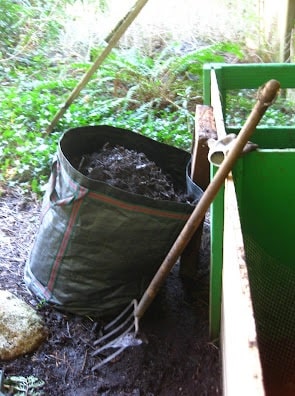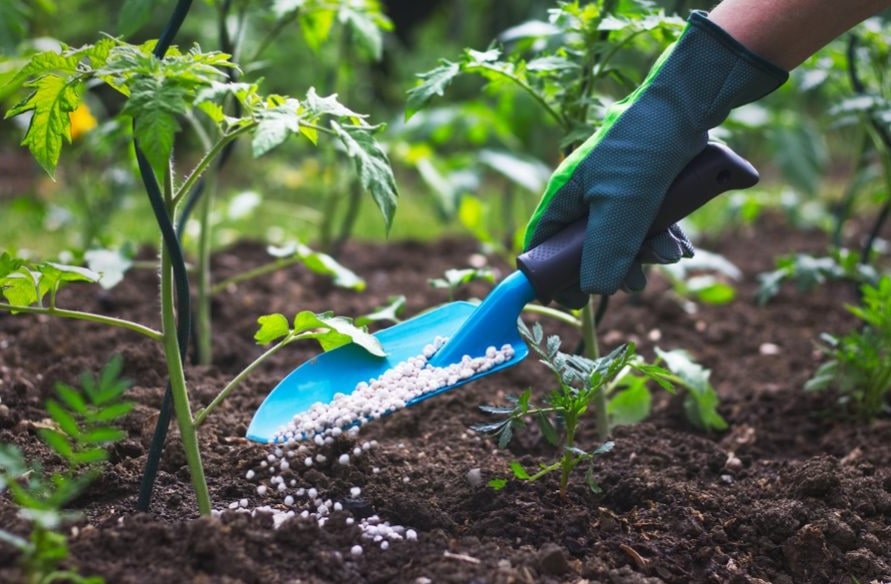
Question: When should I spread the compost to get the most benefit for the soil and plants?
Answer: Compost can be viewed in two ways: as a soil amendment or as a fertilizer.
As an amendment

Compost can be applied as an amendment in any season.
As a soil amendment, there is no specific season for its application. Compost can be applied at any time, as long as the soil is not frozen, and it will be beneficial. And unlike fertilizers, it cannot burn the roots, so it can be applied liberally.
Its benefits as an amendment are numerous and include the following:
Improves soil quality (lighter soils retain more water and minerals; heavier soils drain better and are better aerated);
Helps prevent erosion;
Helps reduce the effects of drought;
Tends to make acid soils less acidic and alkaline soils less alkaline;
Introduces and helps maintain a host of organisms and microorganisms beneficial to the soil and plants;
Helps suppress many soil-borne diseases;
Helps break down pesticide and other synthetic residues;
Naturally recycles products that would otherwise be treated as waste.
All of these benefits accrue to the soil – and eventually to the plants – regardless of the season in which the compost is applied.
As a fertilizer

Compost normally contains all the minerals that plants may need for growth, but still in small amounts compared to many commercial fertilizers. Nevertheless, they are usually in a form that plants can easily assimilate.
Compost can be applied for its minerals when the plant will need it most. Photo: Cade Martin, Dawn Arlotta, Pixnio
For compost to perform best as a fertilizer, logically it should be applied just before the time the plant will need it most. Therefore:
About two weeks before planting or sowing, normally in the spring or, in the vegetable garden, also in August or early September if you are doing successive sowing;
Otherwise, when planting the plants;
In an established bed or undergrowth, apply it in spring, just before the plants wake up;
For lawns, in topdressing (maximum: 2 cm), ideally in the fall, otherwise in the spring.
How to apply compost
Traditionally, compost is applied by mixing it into the soil to a depth of six inches, but… it’s just as effective when left on the surface as a mulch or topdressing. Put a good thickness of it, up to 7 to 10 cm, if you have enough. Then the microbes, soil insects and earthworms will work it in. You can even put it on top of an existing mulch and the earthworms and their friends will still take care of it.
Personally, as a lazy gardener, I am more than happy to let the little creatures of the soil do the work of getting the compost in for me. Then I dump it on the surface and go back to resting in my hammock!20170913 normanack, WC








